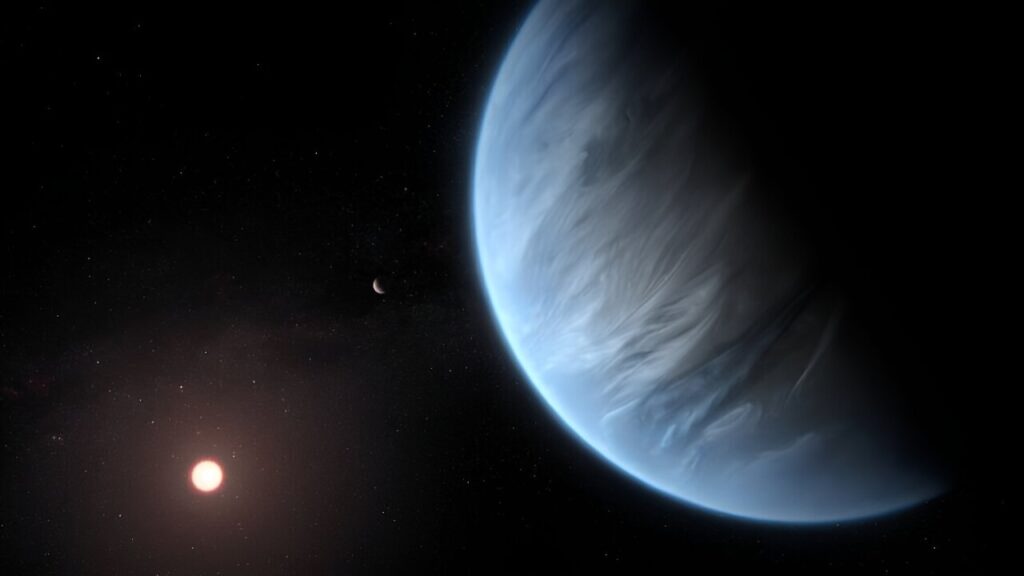Scientists have identified the best targets for the search for life by analyzing exoplanets discovered by the Transiting Exoplanet Survey Satellite (TESS) and selecting the most promising ones. These are the ones that the James Webb Space Telescope should investigate.

How Many Planets Have We Already Discovered?
Scientists working with data from the Transiting Exoplanet Survey Satellite (TESS) recently published an article in which they identified the most promising targets for the search for extraterrestrial life. It is believed that there is a chance to find it now, if equipped with a powerful spectrometer and know where to point it.
Such a spectrometer is available to scientists. It is installed on the James Webb Space Telescope. It has already been used for chemical analysis of exoplanet atmospheres, although life has not been found yet.
Scientists could continue to use this spectrometer to study other exoplanets, but there is already a huge number of them known. TESS alone has found over 5,000 worlds, although a significant portion of them remains unconfirmed. In general, the number of exoplanet candidates is approaching 10,000.
Most Promising Candidates for the Search for Life
To find the most promising targets for James Webb, scientists analyzed all the exoplanet candidates discovered by TESS. Initially, they divided them into groups based on their approximate radius and projected surface temperature.
Then those groups that seemed the best for life were assessed based on two parameters: the transmission spectroscopy metric and the emission spectroscopy metric. In simple terms, scientists evaluated planets based on how easily the spectrum of light passing through their atmospheres can be measured and the spectrum they emit themselves.
Both of these characteristics only reflect how visible the spectrum of an exoplanet is against its surroundings. Thus, they adjusted this indicator taking into account the real capabilities of modern observatories.
As a result, researchers obtained a list of 103 exoplanet candidates. 14 of them were identified as the highest-priority targets for James Webb. Even if no life is found there, scientists will be able to obtain a clear picture of spectral lines that can be compared with other observations in the future.
Source: phys.org

